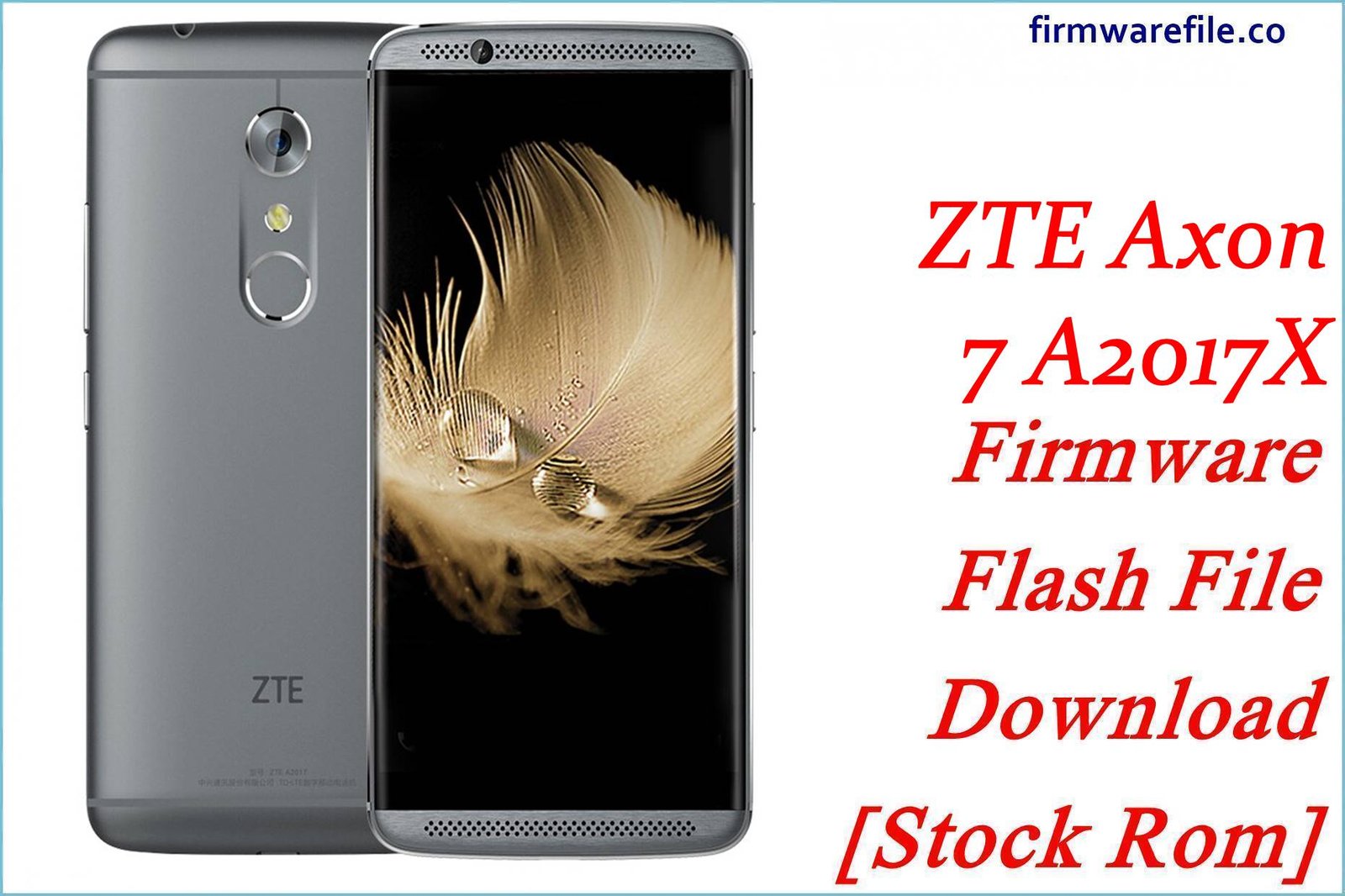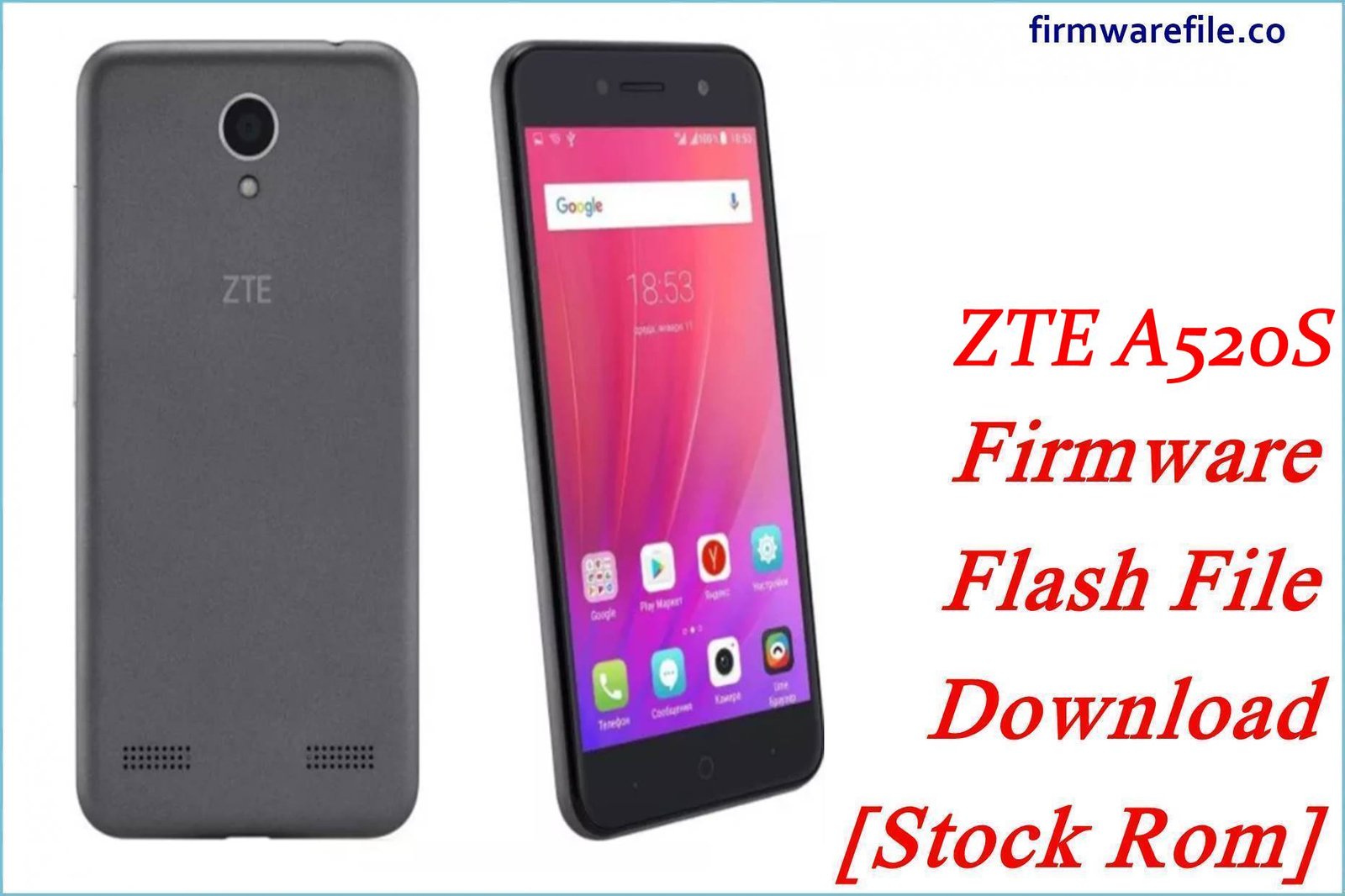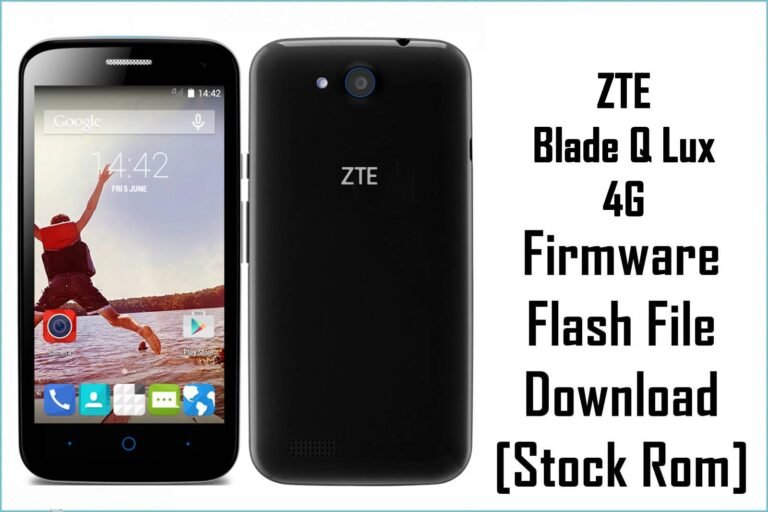ZTE ConeXis A1 Firmware Flash File Download [Stock Rom]
The ZTE ConeXis A1 is a unique, entry-level smartphone from 2016, offered exclusively by First National Bank (FNB) in South Africa as part of their FNB Connect mobile service. This device was designed to integrate with the bank’s services. For users needing to resolve deep software errors, restore the specific FNB functionality, or unbrick a non-responsive device, flashing the original stock firmware is the only solution.
Important Note: This device is powered by a UNISOC SC7731G chipset. The restoration process requires the **SPD Upgrade Tool** and the firmware in `.pac` format. This will restore the official FNB Connect software, including the network lock.
Quick Device Specs
- Device
- ZTE ConeXis A1
- Release year
- 2016
- Chipset
- UNISOC SC7731G
- Display
- 4.5″ FWVGA (854×480)
- Battery
- 2150 mAh (Removable)
- Memory
- 1GB RAM + 8GB storage
- Camera
- 5MP rear, 2MP front
- OS
- Android 5.1 (Lollipop)
- Carrier
- FNB Connect (South Africa)
Required Downloads
| File / Tool | Download Link |
|---|---|
| SPD Upgrade Tool | Download Tool |
| SPD/UNISOC USB Drivers | Download Drivers |
Stock ROM & Firmware
| Version | Android | Carrier | Type | Download | Size |
|---|---|---|---|---|---|
| V1.0.2 | 5.1 (Lollipop) | FNB Connect (SA) | SPD / PAC | Download | ~800 MB |
Quick Flashing Guide
- Download and install the SPD USB Drivers and the SPD Upgrade Tool on your computer.
- Extract the downloaded firmware ZIP file to get the firmware package with a `.pac` extension.
- Launch the SPD Upgrade Tool, click the first gear icon to “Load Packet,” and select the `.pac` file.
- Power off your phone (remove and re-insert the battery), then press and hold the Volume Down button while connecting it to your PC to start the flashing process.
For a complete, step-by-step tutorial with screenshots, please refer to our definitive guide:
How to Flash Firmware with the SPD Upgrade Tool
FAQs
Q1. What is FNB Connect?
FNB Connect is a Mobile Virtual Network Operator (MVNO) run by First National Bank in South Africa. The ZTE ConeXis A1 was a branded phone sold by the bank to its customers, often with special deals on data and banking services.
Q2. Will flashing this firmware remove the FNB network lock?
No. This is the official FNB firmware. It will restore the original software and will re-lock the device to the FNB Connect network. The phone will only work with an FNB Connect SIM card.
Q3. Can I install modern apps like WhatsApp or Facebook on this phone?
While you might be able to install very old versions of these apps, the 1GB of RAM and outdated Android 5.1 OS will make them run extremely slowly, if at all. This phone is not suitable for modern applications.
Q4. How can I free up storage space on this 8GB phone?
The 8GB of internal storage is extremely limited. After flashing, immediately insert a microSD card and go to `Settings > Storage` to see if you can set it as the default write disk. You should also disable any pre-installed apps you don’t use via `Settings > Apps` to save space.
Device-Specific Troubleshooting
- “No SIM Card Detected” Error: If your active FNB Connect SIM card is not detected after flashing, first ensure it’s inserted correctly. If the problem persists, it may be a software bug that can be fixed by re-flashing. If it still fails, there could be a hardware issue with the SIM card reader.
- FNB Banking App Not Working: This stock ROM restores the original FNB software environment. If the banking app still has issues, connect to Wi-Fi, open the Google Play Store, and check for any available updates for the FNB App itself.
- “Google Play Services has stopped” Error: This is very common on old Android versions. After flashing and setting up your Google account, the first thing you should do is go to the Play Store and let it update Google Play Services and other core Google apps. This can take a while but is necessary for other apps to function.
- Extreme Lag and Slow Performance: This is the expected performance for a device with these specifications. To make it as usable as possible, run only one app at a time, avoid modern apps, and regularly clear the device’s cache by going to `Settings > Storage > Cached data`.







